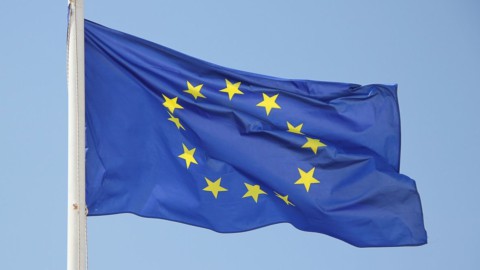The Council of Ministers has not approved any regulatory provision for interventions in the tax field, but only a report by the President, Matteo Renzi, which identifies, more or less generically, the measures to be adopted starting from 1 May and the financial coverage that will be used to finance these measures.
Something more, however, has been understood. The intervention that was born to reduce the so-called tax wedge, considered fundamental for the relaunch of our economy according to the assessments of many economists as well as the main international observers, has split into two sections, the total value of which will not reach, this year , the ten billion pre-announced, taking into account the fact that the tax "cuts" will only apply for two thirds of the year, starting in May.
A first section, of around 7 billion in 2014, consists of tax rebates for private and public employees (and similar), with gross income of up to 25 thousand euros per year. A second section will benefit businesses, through the 10% reduction in Irap as well as through the 10% reduction in energy costs. Both of these measures for businesses will take effect, as Renzi explained, from 1 May.
As regards the cut in IRAP, it is not understood how it will operate, i.e. whether it will concern only the labor cost component or whether it will be applied to the tax rate. In any case, it could translate into tax savings for businesses at the time of the payment in June next year, unlikely already of the advances due this year.
As for the macroeconomic effects of the Government measures, only the reduction of Irap, in addition to the unspecified cuts in energy costs, will affect the competitiveness of businesses. Renzi has quantified the reduction at 2,6 billion per year, which should mean around 1,8 billion pertaining to 2014, as it is destined to operate only from May onwards. But since the resources to finance this reduction will be found through the increase from 20% to 26% of the taxation of financial income, in terms of overall tax burden the intervention will have no positive effect.
As far as the Irpef reduction for employees is concerned, it results in a tax advantage granted to employees and assimilated workers, who are treated favorably compared to the other categories of workers and pensioners equally subject to Irpef, who they will not benefit from any tax “rebate”. In practice, born as a measure to reduce the tax wedge, the intervention has simply become an increase in tax deductions for employee income, up to 25 euros gross per year.
On a macroeconomic level, the justification for the personal income tax relief should be that of an increase in consumption. But it depends on what financial resources are placed to cover it. On this point Renzi was not very clear. He spoke of numerous possibilities to draw on, without indicating precisely which ones will be used.
Perhaps the three billion reduction in public spending, which Commissioner Carlo Cottarelli has identified as achievable in 2014. In this case, however, spending would in any case be transformed into other spending, public spending into household consumption, with limited effects in terms of the desired increase in consumption and, therefore, in economic recovery and employment. In fact, it would not be so much a net increase in consumption as a reallocation of consumption.
Renzi also referred to the higher VAT which will enter the state coffers against the payment of the public administration's debts and investments in school construction. At stake, there would also be two billion that could arise, one-off, from the regularization of capital illicitly owned abroad (even if, at least for now, the Government has renounced to resubmit this provision by decree law).
It will probably be necessary to use, at least in part, the margin for increasing the public deficit which seems to remain available within the 3% ceiling. Renzi spoke of 0,4% of GDP, corresponding to 6,4 billion euros. In this case, the increase in consumption would be real, on a macroeconomic level, of a Keynesian nature, since household spending would be financed in deficit. But we would go back to playing dangerously with that insurmountable roof that the European Commission, and the international markets, constantly keep an eye on to assess the stability of the country's public finances and, therefore, the solvency of our public debt.





